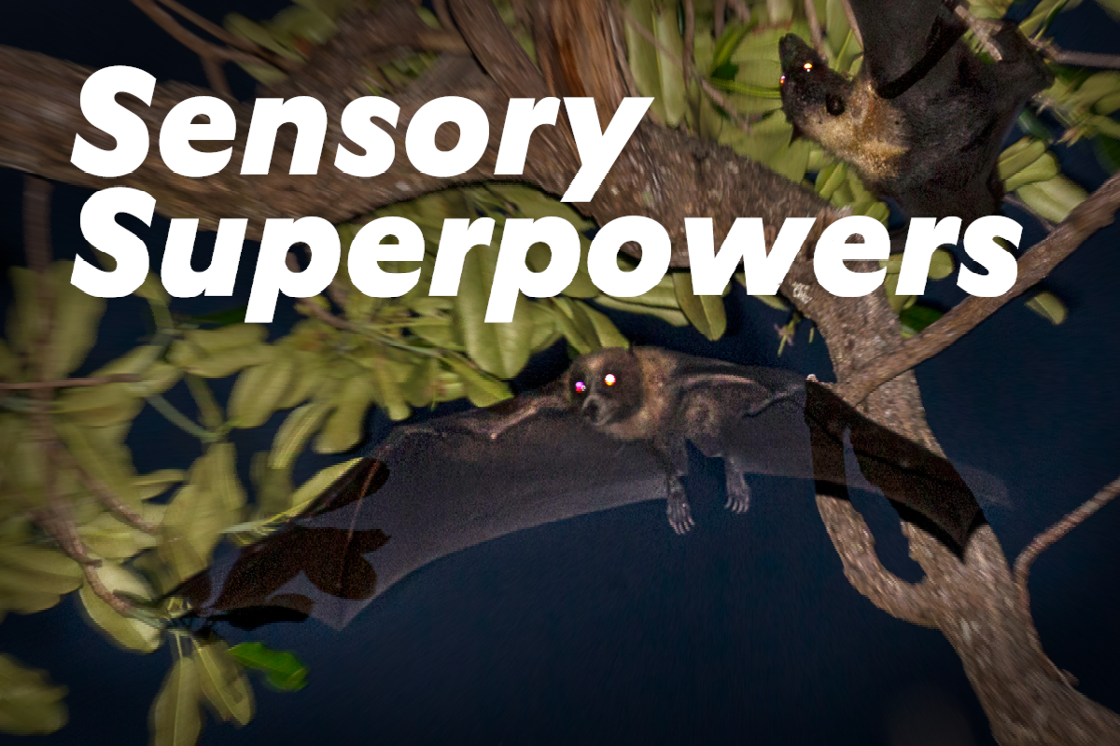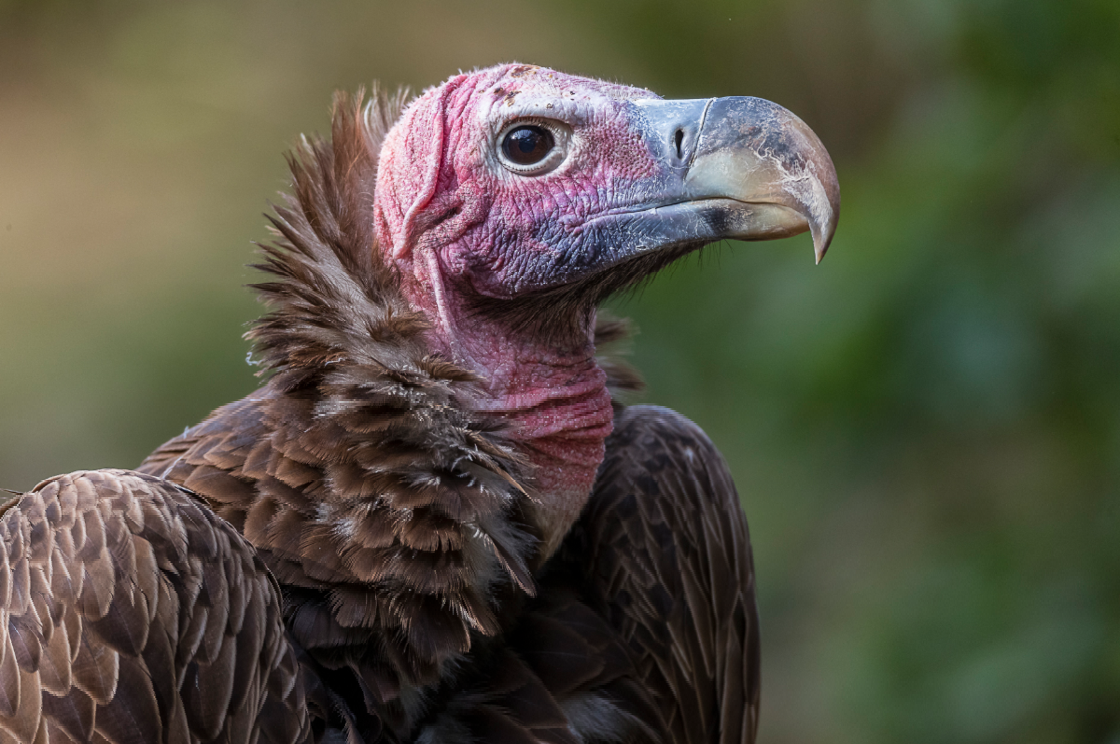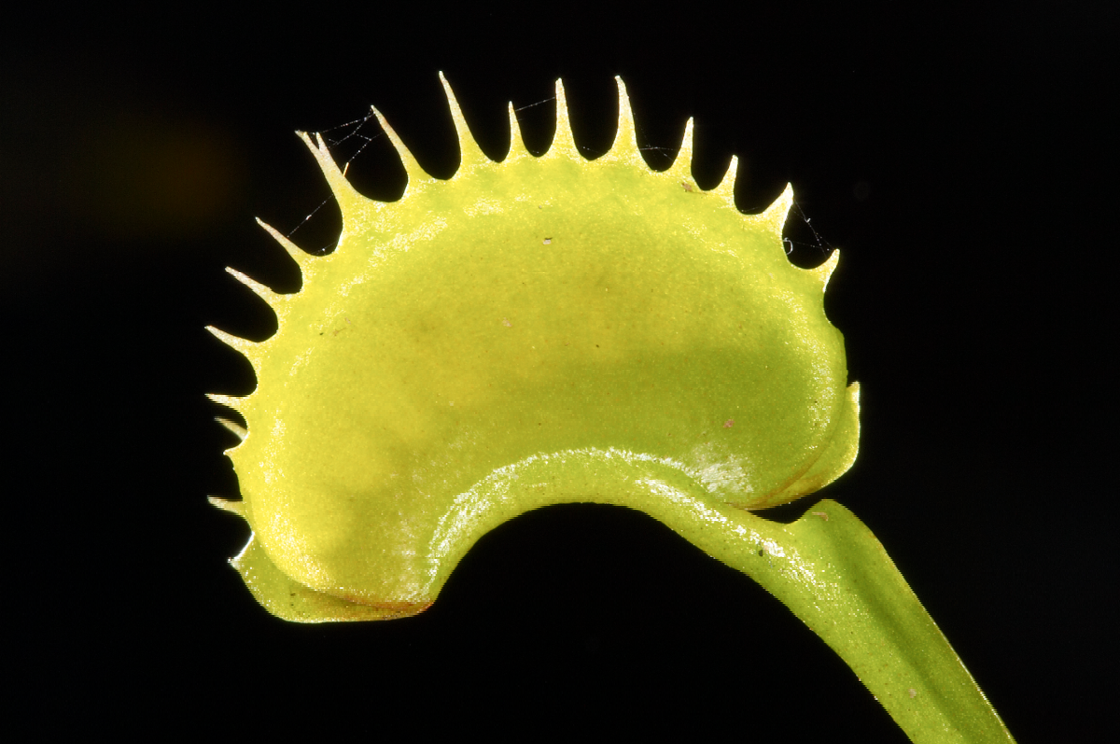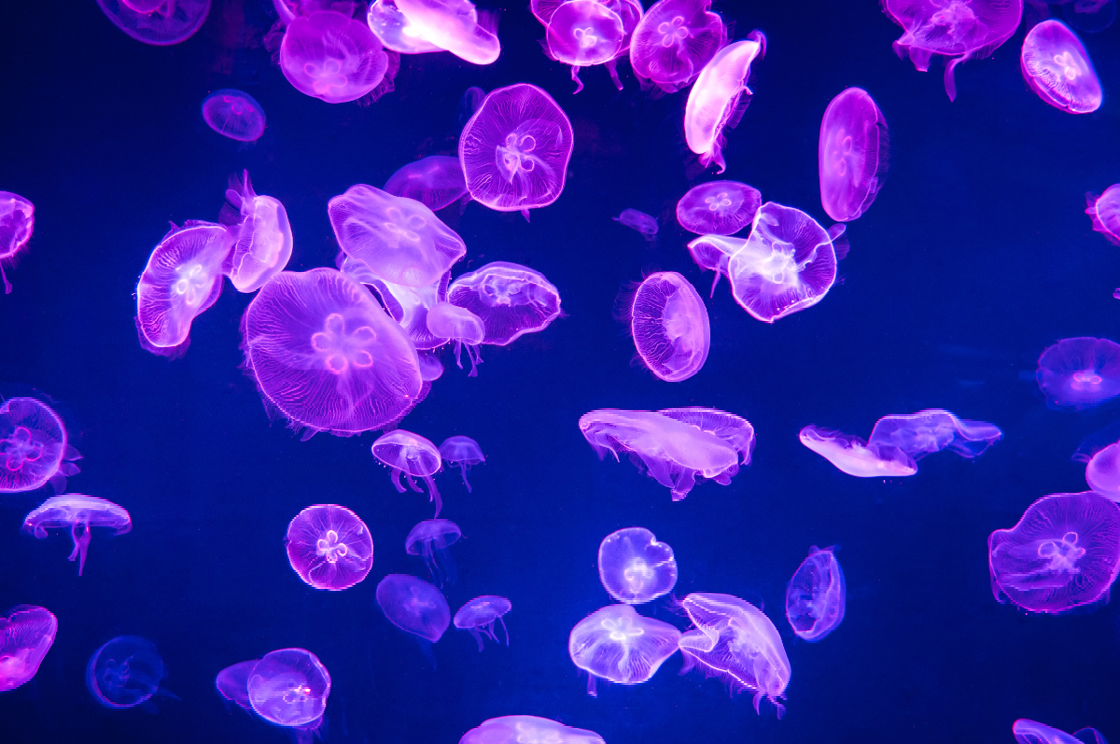|
Unusual adaptations for fascinating wildlife
|
|

|
|
NOTES FROM THE FIELD | 2024 | No. 12
|

|
|
For most of us, as the sun sinks lower on the horizon, our days wind
down and we
prepare for a night’s rest. But for nocturnal wildlife, their “days” are
just
beginning. With acute eyesight, heightened senses of smell, and sharp
hearing,
many species are adapted for life after nightfall.
All species play a crucial role in maintaining the health and delicate
balance
of their respective ecosystems. Even so, nocturnal wildlife can often be
misunderstood because of the unique skills that enable them to thrive
after
dusk. Bats
use echolocation
to navigate in the dark, while pit
vipers and big
cats have finely tuned advantages for hunting, such as specialized
eyesight and
the ability to track prey by sensing their heat.
With you by our side, we’re fostering coexistence between wildlife and
the
people that live alongside them through our eight
Conservation Hubs. This October, you can discover these
astonishing
adaptations firsthand with HalGLOWeen
at the San
Diego Zoo and Autumn
Festival at the
San Diego Zoo Safari Park. In the meantime, slither in to explore more
about
species that showcase their superpowers when the sun goes down.
|
|
|

|

|
|
SUPER SCAVENGERS
|
|
While they aren’t nocturnal, vultures’
adaptations are perfect for clean-up duty. “New World” vultures from
North,
Central, and South America have distinctive bald heads and necks, which
reduces
the risk of picking up diseases when they scavenge for food. Soar into our Amazing
Wildlife podcast for more
interesting tidbits on vultures and how we’re collaborating to
protect
them.
|
|
|
|
TRICKS FOR A TREAT
|
|
These astonishingly efficient hunters may not be what you expect.
They’re
patient, alluring, and stay firmly in one spot, waiting for their prey
to come
to them. That’s because carnivorous
plants mostly feed on small insects unlucky
enough to land on them. Stop by the San
Diego
Zoo’s Carnivorous
Plant Greenhouse
for an up-close look at some of this incredible flora.
|
|
|
|
WHO GLOWS THERE
|
|
From the ocean’s surface down deep to the seafloor, unexpected wildlife
illuminate the dark. Bioluminescence, the chemical reaction where living
organisms produce their own light, allows species to communicate, escape
predators, and even attract mates. We’re working to protect the aquatic
ecosystems they rely on through our Oceans
Conservation Hub.
|
|
|
WILDLIFE HEROES
CHANGE
THE WORLD.
|
| John, your
ongoing support makes a
lifesaving difference for
vulnerable wildlife. As a
Wildlife Hero, your monthly
gift will bring us further
as we work together to
protect big cats, vultures,
carnivorous plants, and
other wildlife with unusual
adaptations. And as a
Wildlife Hero, you’ll bring
hope to the extraordinary
wildlife relying on us to
thrive—and survive—each and
every day. You make it all
possible, and we’re forever
grateful for you.
|
|
Your gift today will
make a
world of difference for
wildlife.
|
|
|
|
|
|
 |
|
|
|
|
|
Your support saves wildlife.
San Diego Zoo Wildlife Alliance is an international conservation
nonprofit and a
registered 501(c)(3) organization. Tax ID# 95-1648219.
With more than 100 years of wildlife care expertise and partnerships
around the
globe, we are saving, protecting, and caring for species worldwide.
FOLLOW ALONG ON OUR MISSION TO SAVE WILDLIFE
|
|
You are receiving this email because you have opted into communications
from
San Diego Zoo Wildlife Alliance.
Photo Credit | splendens/iStock/Getty Images Plus
|
|
NFTFMM1024
|
|










